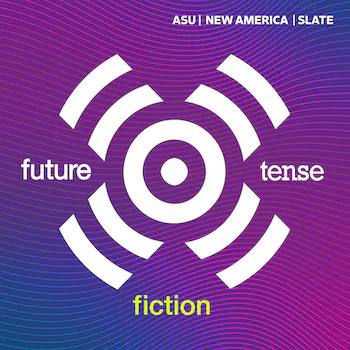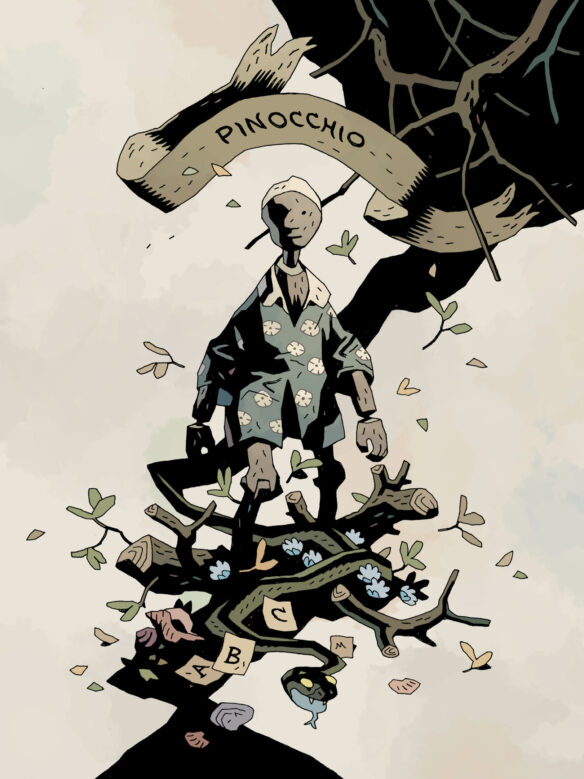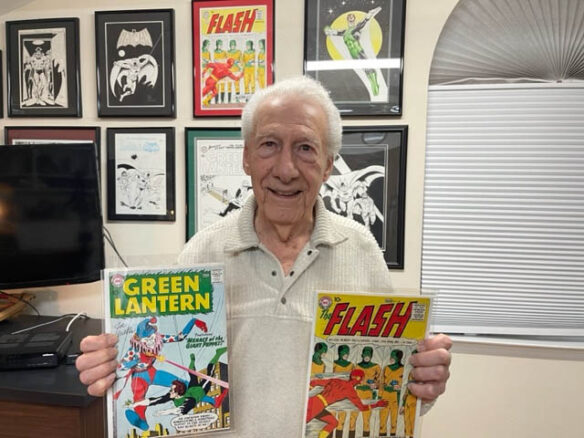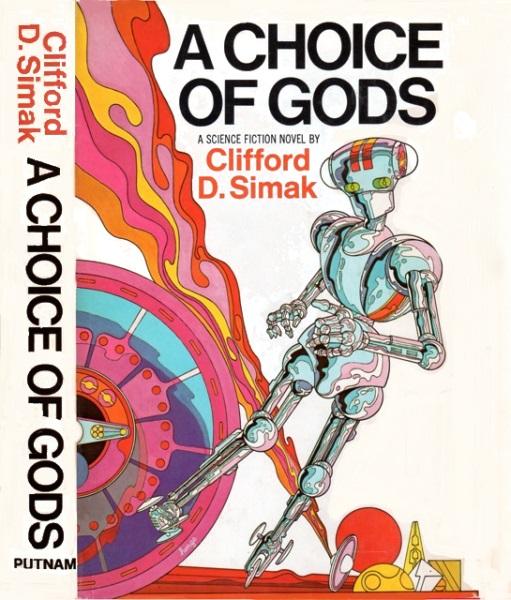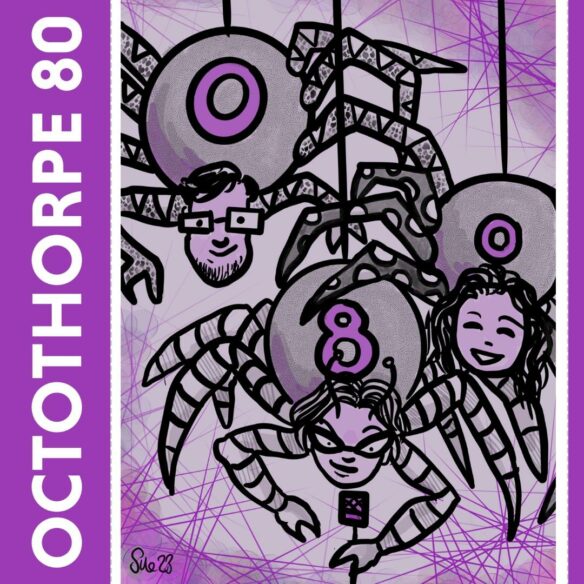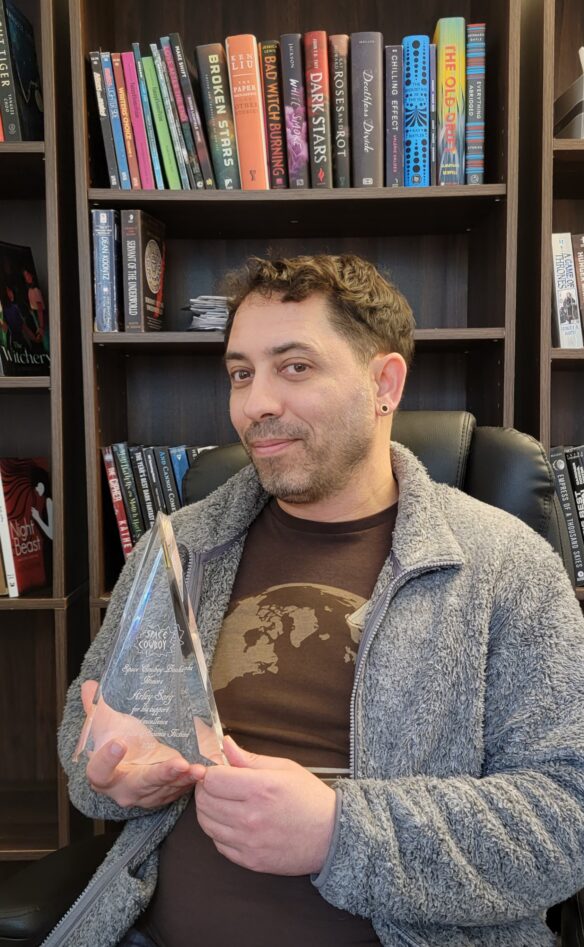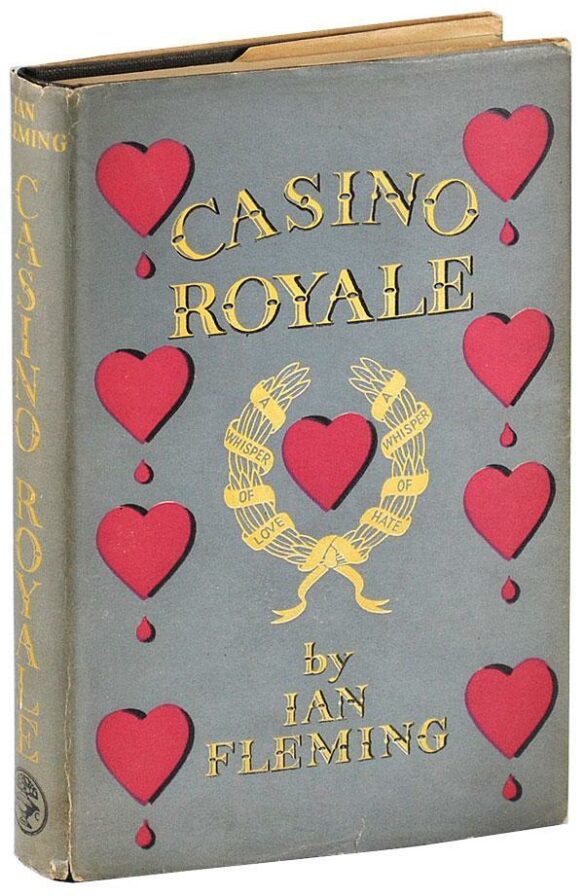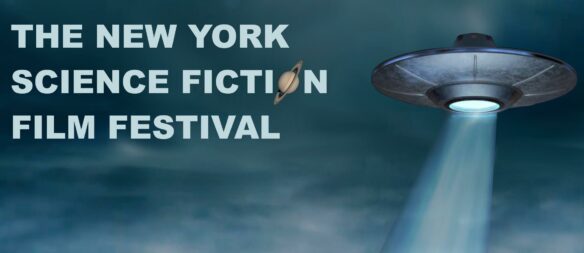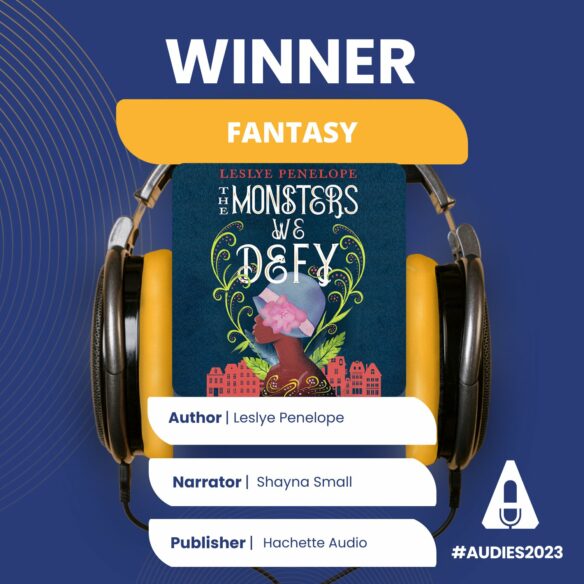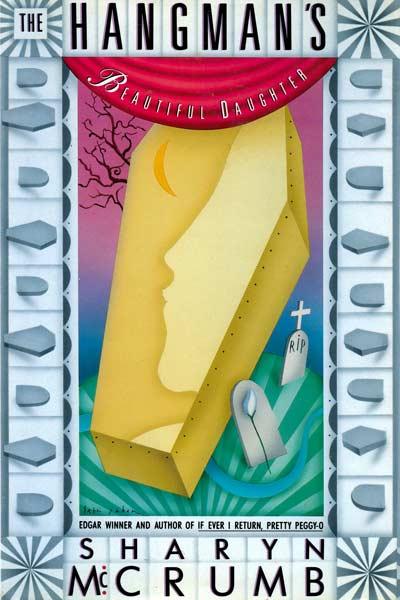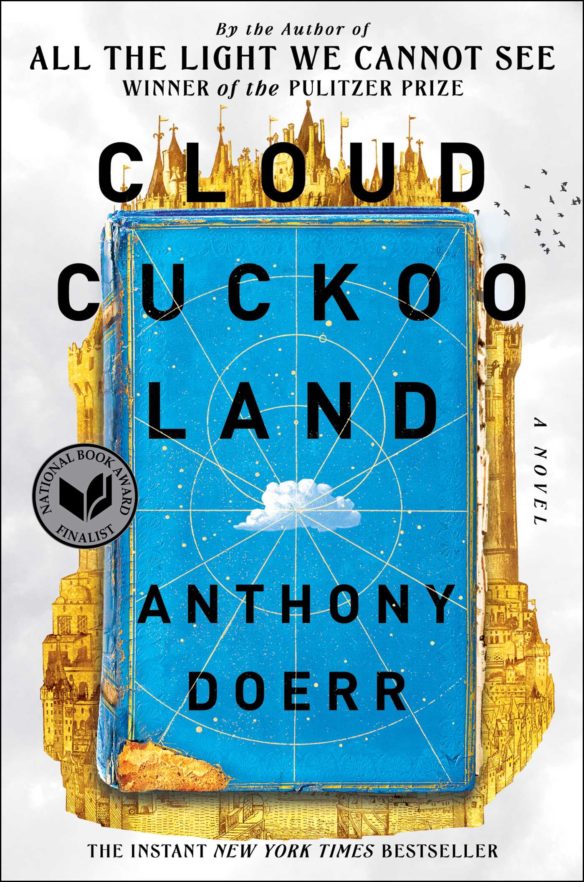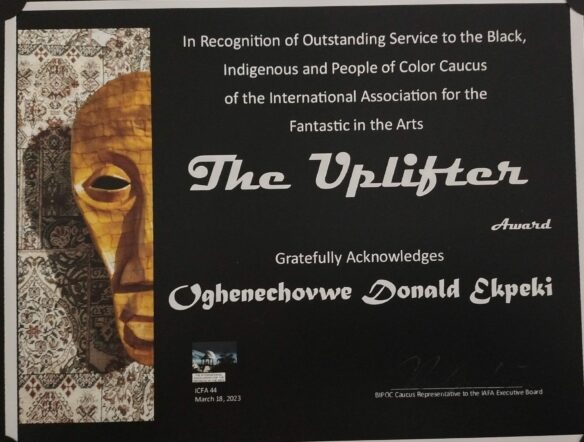(1) TIME TO APPLY THE BRAKES. “Elon Musk and Apple cofounder Steve Wozniak among over 1,100 who sign open letter calling for 6-month ban on creating powerful A.I.” reports Yahoo!
Elon Musk and Apple cofounder Steve Wozniak are among the prominent technologists and artificial intelligence researchers who have signed an open letter calling for a six-month moratorium on the development of advanced A.I. systems.
In addition to the Tesla CEO and Apple co-founder, the more than 1,100 signatories of the letter include Emad Mostaque, the founder and CEO of Stability AI, the company that helped create the popular Stable Diffusion text-to-image generation model, and Connor Leahy, the CEO of Conjecture, another A.I. lab. Evan Sharp, a cofounder of Pinterest, and Chris Larson, a cofounder of cryptocurrency company Ripple, have also signed. Deep learning pioneer and Turing Award–winning computer scientist Yoshua Bengio signed too.
The letter urges technology companies to immediately cease training any A.I. systems that would be “more powerful than GPT-4,” which is the latest large language processing A.I. developed by San Francisco company OpenAI….
The “Open Letter” at Future of Life Institute reads, in part:
…Contemporary AI systems are now becoming human-competitive at general tasks,[3] and we must ask ourselves: Should we let machines flood our information channels with propaganda and untruth? Should we automate away all the jobs, including the fulfilling ones? Should we develop nonhuman minds that might eventually outnumber, outsmart, obsolete and replace us? Should we risk loss of control of our civilization? Such decisions must not be delegated to unelected tech leaders. Powerful AI systems should be developed only once we are confident that their effects will be positive and their risks will be manageable. This confidence must be well justified and increase with the magnitude of a system’s potential effects. OpenAI’s recent statement regarding artificial general intelligence, states that “At some point, it may be important to get independent review before starting to train future systems, and for the most advanced efforts to agree to limit the rate of growth of compute used for creating new models.” We agree. That point is now.
Therefore, we call on all AI labs to immediately pause for at least 6 months the training of AI systems more powerful than GPT-4. This pause should be public and verifiable, and include all key actors. If such a pause cannot be enacted quickly, governments should step in and institute a moratorium….
(2) WHEN AI IS THE CENTER OF THE STORY. At CrimeReads, Evie Green spotlights “8 Novels Featuring Artificial Intelligence” – not to mention a ninth, the one she’s written herself.
The sentient AI is appearing in more and more stories, as writers follow, and then leapfrog beyond, the science. These books have all engaged with it in different ways:
Here’s one of her selections:
Klara and the Sun by Kazuo Ishiguro
The first-person narrative by Klara, a solar-powered Artificial Friend (AF), details her journey from shop floor to being chosen by teenager Josie as her companion, and then to a new life in the countryside in near-future America. Ishiguro goes deeply into the AI’s worldview, giving us an AI’s perspective on religion (Klara is powered by, and so reveres, the sun), on love, and on humanity seen through non-human eyes. He leads the reader to fill in the blanks ourselves, to start to understand the things Klara doesn’t — particularly the question of what Klara’s role really is in Josie’s family. The ending of this novel has stayed with me for a long time.
(3) LAVALLE Q&A. In the New York Times, “Victor LaValle Likes to Stare Directly at His Deepest Fears”.
What makes for a good horror novel?
For me, the best horror speaks to a deep fear the author hopes to address, one that feels profoundly personal, and you as the reader are welcome to watch the author/the characters wrestle with it. People sometimes ask why I want to read horror at all, let alone write it. Horror is a fearless genre. So much writing glances off the hardest and worst experiences, but horror confronts the worst that happens. Sometimes the worst can be defeated, but just as often it can’t. Nevertheless, it can be addressed, acknowledged, rather than tidily resolved. A good horror novel doesn’t lie to you.
(4) ĀLEA IACTA ES. “‘Dungeons & Dragons: Honor Among Thieves’ Review: They’re on a Roll” – a review at the New York Times.
…After a decade in development, the project that made it to the screen is a noisy, pixelated smash-and-zap that does manage to capture the spirit of play. The story starts with a silver-tongued bard named Edgin Darvis (Chris Pine), a divorced barbarian named Holga Kilgore (Michelle Rodriguez) and a simple challenge. Edgin and Holga must escape a fortified tower — a donjon in Old French, before the English redefined dungeon as someplace underground — to reunite with Edgin’s daughter, Kira (Chloe Coleman). When they learn that Kira is under the thrall of a con man (Hugh Grant) who is himself under the thrall of a wizard (Daisy Head), our heroes’ gang expands to include an anti-establishment druid (Sophia Lillis) and a defeatist sorcerer (Justice Smith). Like the game, the team’s initial mission rapidly spirals into detours; the goal is less interesting than the brainstorming sessions that get them to the finish.
Having sat in on my share of D&D campaigns, my personal idea of purgatory is five people debating whether to open a door. Luckily, the film moves faster. Castles, volcanoes and yurts — oh my — whiz past at a clip that would make a dice-roller drool. Plans are quickly made and just as quickly fail. “This is what we do!” Edgin yelps. “We pivot!”…
(5) ANOTHER NEGATIVE TREND. The Guardian tells why “Bat Out of Hell musical stopped due to disruptive audience member”.
A performance of the musical Bat Out of Hell in London’s West End was halted for several minutes on Thursday evening due to a disruptive audience member who eventually left the venue before the show continued.
One theatregoer told the Guardian that “it got a bit heated” and that swearing in the audience could be heard over the music. An argument occurred in the stalls after several people had been singing along with the actors. The show came to a stop, the houselights were brought up and the cast left the stage as security staff dealt with the incident and other audience members chanted “out, out, out”.
The disruption at the Peacock theatre comes amid growing concerns about antisocial audience behaviour. A new survey from the Broadcasting, Entertainment, Communications and Theatre union (Bectu) shows that almost 90% of theatre staff have experienced or witnessed problematic audience behaviour, with more than 70% stating that it had worsened since the Covid pandemic.
A statement from Bat Out of Hell: The Musical said that an audience member had been “talking loudly throughout the performance and [was] being quite disruptive”. When the noise began to affect those around him, he was asked to stop talking several times. “They asked the man to leave but he refused to move for several minutes. Eventually he agreed to leave and the show was able to continue.”…
(6) BOOK REVIEWERS SOUGHT. [Item by SF Concatenation’s Jonathan Cowie.] We at SF2 Concatenation have just lost two of our wonderful book reviewers – Karen and Roseanna – and so we are now seeking SF and fantasy reviewers to replace them. Our book review panel members come and go as life circumstances change: some even go to return years later; some have even gone and returned a few times.
Given the mix of our current book review panel members, sword and sorcery fantasy aficionados would be particularly welcome. (But don’t let this put anyone off.)
The loss of Karen and Roseanna is a double blow in that SF2 Concatenation’s book review panel is now, for the first time in literally decades, 100% male.
Sadly, prospective book review panel members need to be UK based, as our budget does not extend to mailing books overseas.
Further details are here: “Science Fiction & Fantasy book reviewers wanted”.
Regarding potential overseas contributors, though we cannot take on book reviewers, we would welcome those outside the UK reviewing major and national level SF conventions. We can send you guidance if you are interested.
We regularly review conventions and a list of past reviews is here: http://www.concatenation.org/conindex.html
We can be reached at οffice AT cοncatenation DOT οrg
(7) BAKEWELL INTERVIEW. The New York Times learned “Why Sarah Bakewell Tends to Avoid Thrillers and Mysteries”.
Which genres do you especially enjoy reading? And which do you avoid?
I avoid nothing, though I am wary of tightly plotted thrillers and whodunits because — never mind guessing the solution — I often can’t understand that solution even when it’s explained at the end.
On the other hand, I am a fan of science fiction, even when the science involved is beyond me. I like the hard stuff: I recently reread Robert L. Forward’s “Dragon’s Egg,” which does an amazing job of imagining what life on the surface of a neutron star might be like. (Short answer: very flat, and extremely fast-moving.) But I also like such fantastical authors as Cordwainer Smith (in real life a C.I.A. psychological warfare expert), whose stories are built around such delightful nonsense as spaceship pilots who steer ships manned by cats through telepathic contact. Somehow, he makes you believe it.
I love travel books, especially those by opinionated, charismatic writers like Rebecca West or Dervla Murphy. I love ancient literary gossip, music books, eccentric memoirs by ghastly people — bring it all on!
(8) MEMORY LANE.
1947 – [Compiled by Cat Eldridge.]
Tonight’s Beginning though it doesn’t mention his name here is the first words spoken by another iconic private detective, Mike Hammer.
Mickey Spillane’s I, the Jury was published seventy-six years ago by E. P. Dutton in hardcover and Signet Books in paperback. The novel was quite successful. By the time it was adapted into a film in 1953, it had sold three and a half million copies.
Mike Hammer has as franchise has had five feature films, seven television films a pilot with a Brian Keith, a series with Darrin McGavin and three series with Stacy Keach, my favorite of the three.
I’ve read some of the novels including this one. The Suck Fairy has touched them particularly as regards the handing of women in them. Consider that if plan on reading them. [Editor’s note: Warning for description of murdered person.]
With further commentary, here’s our hard-boiled Beginning.
I shook the rain from my hat and walked into the room. Nobody said a word. They stepped back politely and I could feel their eyes on me. Pat Chambers was standing by the door to the bedroom trying to steady Myrna. The girl’s body was racking with dry sobs. I walked over and put my arms around her.
“Take it easy, kid,” I told her. “Come on over here and lie down.” I led her to a studio couch that was against the far wall and sat her down. She was in pretty bad shape. One of the uniformed cops put a pillow down for her and she stretched out.
Pat motioned me over to him and pointed to the bedroom. “In there, Mike,” he said. In there. The words hit me hard. In there was my best friend lying on the floor dead. The body. Now I could call it that. Yesterday it was Jack Williams, the guy that shared the same mud bed with me through two years of warfare in the stinking slime of the jungle. Jack, the guy who said he’d give his right arm for a friend and did when he stopped a bastard of a Jap from slitting me in two. He caught the bayonet in the biceps and they amputated his arm.
Pat didn’t say a word. He let me uncover the body and feel the cold face. For the first time in my life I felt like crying. “Where did he get it, Pat?” “
“In the stomach. Better not look at it. The killer carved the nose off a forty-five and gave it to him low.”
I threw back the sheet anyway and a curse caught in my throat. Jack was in shorts, his one hand still clutching his belly in agony. The bullet went in clean, but where it came out left a hole big enough to cram a fist into.
Very gently I pulled the sheet back and stood up. It wasn’t a complicated setup. A trail of blood led from the table beside the bed to where Jack’s artificial arm lay. Under him the throw rug was ruffled and twisted. He had tried to drag himself along with his one arm, but never reached what he was after.
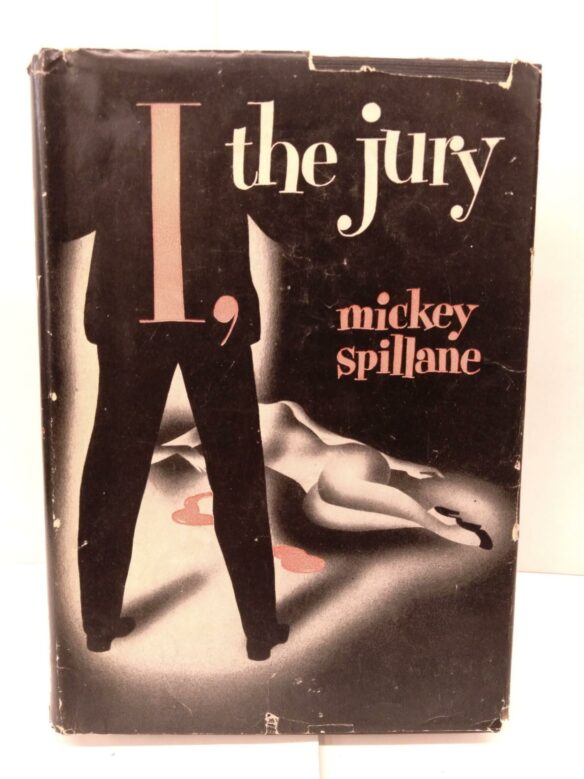
(9) TODAY’S BIRTHDAYS.
[Compiled by Cat Eldridge.]
- Born March 31, 1926 —John Fowles. British author best remembered for The French Lieutenant’s Woman but who did several works of genre fiction, The Magus which I read a long time ago and A Maggot which I’ve not read. (Died 2005.)
- Born March 31, 1932 — John Jakes. Author of a number of genre series including Brak the Barbarian. It appears that the novels are fix-ups from works published in such venues as Fantastic. Dark Gate and Dragonard are his other two series. As Robert Hart Davis, he wrote a number of The Man From UNCLE novellas that were published in The Man from U.N.C.L.E. Magazine. The magazine apparently only existed from 1966 to 1968. (Died 2023.)
- Born March 31, 1936 — Marge Piercy, 87. Author of He, She and It which garnered won the Arthur C. Clarke Award for Best Science Fiction novel. Of course she also wrote Woman on the Edge of Time doomed to be called “classic of utopian speculative sf”.
- Born March 31, 1957 – David Bratman, 66. A Tolkien and Inklings scholar, and a longtime member of the Mythopoeic Society which he has served as a Steward and as editor of its news publication Mythprint. He is a past Hugo Awards administrator. (OGH)
- Born March 31, 1960 — Ian McDonald, 63. I see looking him up for this Birthday note that one of my favorite novels by him, Desolation Road, was the first one. Ares Express was just as splendid. Now the Chaga saga was, errr, weird. Everness was fun but ultimately shallow. Strongly recommend both Dervish House and River of Gods. Luna series at first blush didn’t impress me, so other opinions sought.
- Born March 31, 1962 — Michael Benson, 61. Author of Space Odyssey: Stanley Kubrick, Arthur C. Clarke, and the Making of a Masterpiece. His earlier book Beyond: Visions of the Interplanetary Probes featured an intro by Clarke. Benson is an artist and journalist who also mounts shows of astronomical art and who advocates for such things as keeping the Hubble telescope operating. His site is here.
(10) COMICS SECTION.
- The Far Side shows just how subtle aliens…aren’t.
(11) FURY RETURNS. “’Secret Invasion’ Revealed: Inside Samuel L. Jackson’s Eye-Opening New Marvel Series” at Vanity Fair.
Who are you, really? That question is at the core of the new Marvel series Secret Invasion, which follows Samuel L. Jackson’s spymaster, Nick Fury, as he uncovers a conspiracy to quietly install double agents into positions of power around the world. In a traditional espionage story, these might be operatives from hostile rival nations, but in the Marvel Cinematic Universe the infiltration has an otherworldly origin: shape-shifting green-skinned extraterrestrials known as Skrulls, who can perfectly simulate any human being at will. Figuring out who is who becomes especially daunting.
“We don’t know who’s a friend, who’s the enemy,” Jackson tells Vanity Fair for this exclusive deep dive into the upcoming series. “There’s a political aspect that kind of fits into where we are right now: Who’s okay? Who’s not? What happens when people get afraid and don’t understand other people? You can’t tell who’s innocent and who’s guilty in this particular instance.”
…Nick Fury has been overdue for his own story. His introduction came in the very first Marvel Cinematic Universe movie, when Jackson turned up in a post-credits sequence to tell Iron Man, “You’ve become part of a bigger universe. You just don’t know it yet.”
Over the next 15 years of movies, only scarce details about Fury’s past have emerged. We know he joined the Army straight out of high school, that he became a vital government operative who rose to the highest level of S.H.I.E.L.D. before its collapse, and that he began the Avengers Initiative because he recognized that threats to the world were growing so big that the planet needed to upgrade its superhero protection policy.
But Secret Invasion finds him worn out. “Even Nick Fury can be shaken, you know?” Jackson says. One reason his character has been off in space, ignoring calls for help, is he doesn’t believe he can fix things anymore. “He’s up there trying to process what the fuck happened, you know? And what his place in the world is,” Jackson says. “The death of Iron Man, the death of Black Widow—with that stuff going on, he just kind of checked out.”
Fury used to see more clearly—even if he did lose an eye in Captain Marvel when he was scratched by an alien creature posing as a house cat. That’s a plot point in Secret Invasion too….
(12) TOP SERCON. Cora Buhlert’s latest non-fiction spotlight is actually a “double spotlight” for two books, Brian W. Aldiss and Robert Holdstock’s Mythago Wood: A Critical Companion by Paul Kincaid.
Tell us about your book.
Through one of those quirks of publishing, I had two books out in 2022. This was in part because the first was, I think, a little later than originally intended, and the second was short and written to a very tight deadline. The first, Brian W. Aldiss, is part of the Modern Masters of Science Fiction series from Illinois University Press; the second, Robert Holdstock’s Mythago Wood: A Critical Companion is part of the New Canon series from Palgrave. Both, therefore, conform, at least partly, to the demands of their particular series.
Brian W. Aldiss is, as you might expect, a critical study of the science fiction of Brian Aldiss, mixed in with a little biography for context. It is, for instance, significant that the only novel he wrote in which the central character is in a lifelong, happy, monogamous marriage was Greybeard, which was written after the breakup of his first marriage and the beginning of his relationship with the woman who would become his second wife. It is also, noticeably, a novel about a world without children, and his own children from his first marriage had been taken away from him and he believed he would never see them again. As you might guess, I firmly believe that a thorough understanding of creative work must, as bedrock, include an understanding of the circumstances in which that work was created….
(13) IT’S ALIVE! Cyberpunk continues to thrive in South Asia, for example, in the work of Indian science fiction writer Lavanya Lakshminarayan: “Cyberpunk Is Alive, Evolving and More Relevant Than Ever” at Gizmodo.
… The genre has often been proclaimed dead because it’s allegedly said nothing new for decades. All new work purportedly sticks to the template laid down in Neuromancer: a lone hacker takes down an oppressive and mega-evil corporation. I don’t subscribe to this theory; in fact, I challenge it.
However, cyberpunk doesn’t get a free pass from criticism. Where existing criticism has been most valid, in my opinion, is when it looks at representation. Across the breadth of the genre, cyberpunk has tended towards being Orientalist, both exoticizing and appropriating Asian cultures while expressing xenophobic paranoias about a non-Western technological superpower. It’s largely white, male, heteronormative and relegates women and queer persons to the margins. BIPOC identities have either been fetishized or find no representation at all, and futures imagined by own voices from outside all of un-America and the Western Anglophone world are scant.
This is changing—not as fast as I’d like, and not as extensively as I’d hope for—but it’s a start, and it’s a sign of things to come. It’s also where I believe cyberpunk, and in particular, the cyberpunk novel, is most alive….
(14) TODAY’S THING TO WORRY ABOUT. Outfits that get a lot of their clicks from search engines fear they’ll be superseded by chatbots: “Publishers Worry A.I. Chatbots Will Cut Readership” in the New York Times. Well, let’s think of it as evolution in action, because we can’t naively assume those chatbots won’t be shoving their own ads at us.
The publishing industry has spent the past two decades struggling to adjust to the internet, as print circulation has plummeted and tech companies have gobbled up rivers of advertising revenue.
Now come the chatbots.
New artificial intelligence tools from Google and Microsoft give answers to search queries in full paragraphs rather than a list of links. Many publishers worry that far fewer people will click through to news sites as a result, shrinking traffic — and, by extension, revenue.
The new A.I. search tools remain in limited release, so publishers such as Condé Nast and Vice have not yet seen an effect on their business. But in an effort to prevent the industry from being upended without their input, many are pulling together task forces to weigh options, making the topic a priority at industry conferences and, through a trade organization, planning a push to be paid for the use of their content by chatbots.
“You could essentially call this the Wikipedia-ization of a lot of information,” said Bryan Goldberg, the chief executive of BDG, which publishes lifestyle and culture websites like Bustle, Nylon and Romper. “You’re bringing together Wikipedia-style answers to an infinite number of questions, and that’s just going to nuke many corners of the open web.”…
(15) NEW ROBODOGS, NEW TRICKS. [Item by Mike Kennedy.] These are different models made by different manufacturers (and neither is the well-known Boston Dynamics Spot). But in both cases, these are some new “tricks” for robot dogs.
“Watch this robotic dog use one of its ‘paws’ to open doors” at Popular Science. Balance on three legs in order to kick a ball, etc.; also, climb walls:
Roboticists from Carnegie Mellon University and UC Berkeley have demonstrated the ability to program a quadrupedal robot—in this case, a Unitree Go1 one utilizing an Intel RealSense camera—to use its front limbs not only to walk, but also to help climb walls and interact with simple objects, as needed. The progress, detailed in a paper to be presented next month at the International Conference of Robotics and Automation (ICRA 2023), potentially marks a major step forward for what quadrupedal robots can handle….
“A new propulsion system allows this robotic dog to ‘swim’” at Popular Science.
Legs folded underneath its body, a dog-shaped robot motors through a shallow stream, front-facing sensors pointing forwards above the water’s surface. Upon reaching the shore, the legs unfolded, and the robot bounds forward, its gait the now-familiar weirdness of a robot imitating a canine. Announced on social media June 13, this new amphibious adaptation is the Vision 60 Quadruped Uncrewed Ground Vehicle, or Q-UGV, from Ghost Robotics. The underwater propulsion system, made by Onyx Industries, is called the Nautical Autonomous Unmanned Tail (NAUT)….
[Thanks to Mike Kennedy, SF Concatenation’s Jonathan Cowie, John King Tarpinian, Lise Andreasen, Cora Buhlert, Chris Barkley, Andrew Porter, Michael Toman, and Cat Eldridge for some of these stories. Title credit belongs to File 770 contributing editor of the day Daniel Dern with an assist from OGH.]

